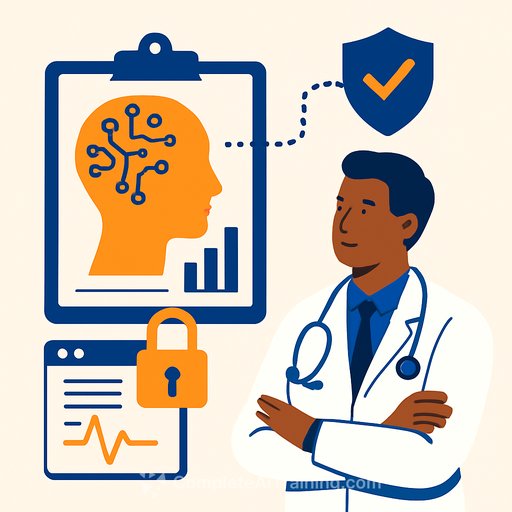Health Care AI Oversight: What Role Will AI Have Moving Forward?
Artificial intelligence is changing health care by improving diagnostics, streamlining workflows, and enhancing patient outcomes. Yet, with these benefits come challenges around AI safety, governance, and oversight. For physicians and health care organizations, addressing these challenges is essential to maintain patient trust and avoid unintended harm.
Risks of AI Without Proper Governance
One major risk is using AI tools without adequate governance structures. Without safeguards, physicians may encounter inaccurate results, biased recommendations, or legal liabilities that can compromise patient care. Although health care is beginning to develop standards for AI safety, gaps in oversight remain, creating opportunities for errors.
To ensure safety, AI tools must be transparent, validated, and used responsibly in clinical settings. Stronger frameworks are needed to hold vendors and users accountable and to monitor AI performance over time.
What Physicians Should Ask About AI Tools
- How was the AI system trained?
- What types of data does it rely on?
- Has it been tested in real-world clinical environments?
- What metrics measure its accuracy, bias, and reliability?
Physicians should critically evaluate AI tools before integrating them into patient care. Monitoring key performance indicators helps maintain safety and effectiveness.
Challenges With Traditional Governance Models
Traditional oversight approaches struggle to keep up with new AI technologies like large language models, which behave differently than earlier medical software. Health care organizations must rethink how they evaluate, monitor, and audit these tools continuously.
Another emerging issue is “shadow AI”—the unauthorized use of AI systems within health systems. Identifying and managing such hidden adoption is now a vital part of AI governance.
Learning from Other Safety-Critical Industries
Health care can adopt principles from industries like autonomous vehicles, where rigorous testing, ongoing oversight, and clear accountability are standard. Applying these approaches can create a safer and more transparent environment for AI in medicine.
As AI becomes a core component of health care, organizations and physicians prioritizing governance, safety, and responsible use will deliver both innovation and patient protection.
Expert Insight
In a recent discussion, Kedar Mate, MD, chief medical officer and co-founder of Qualified Health, emphasized how physicians should approach AI governance and safety. He highlighted the importance of careful evaluation and ongoing oversight to ensure AI benefits patients without compromising care quality.
For those interested in deepening their knowledge, exploring specialized AI courses in health care can be valuable. Resources such as Complete AI Training’s courses tailored for health care professionals offer practical guidance on responsible AI use.
Your membership also unlocks:






